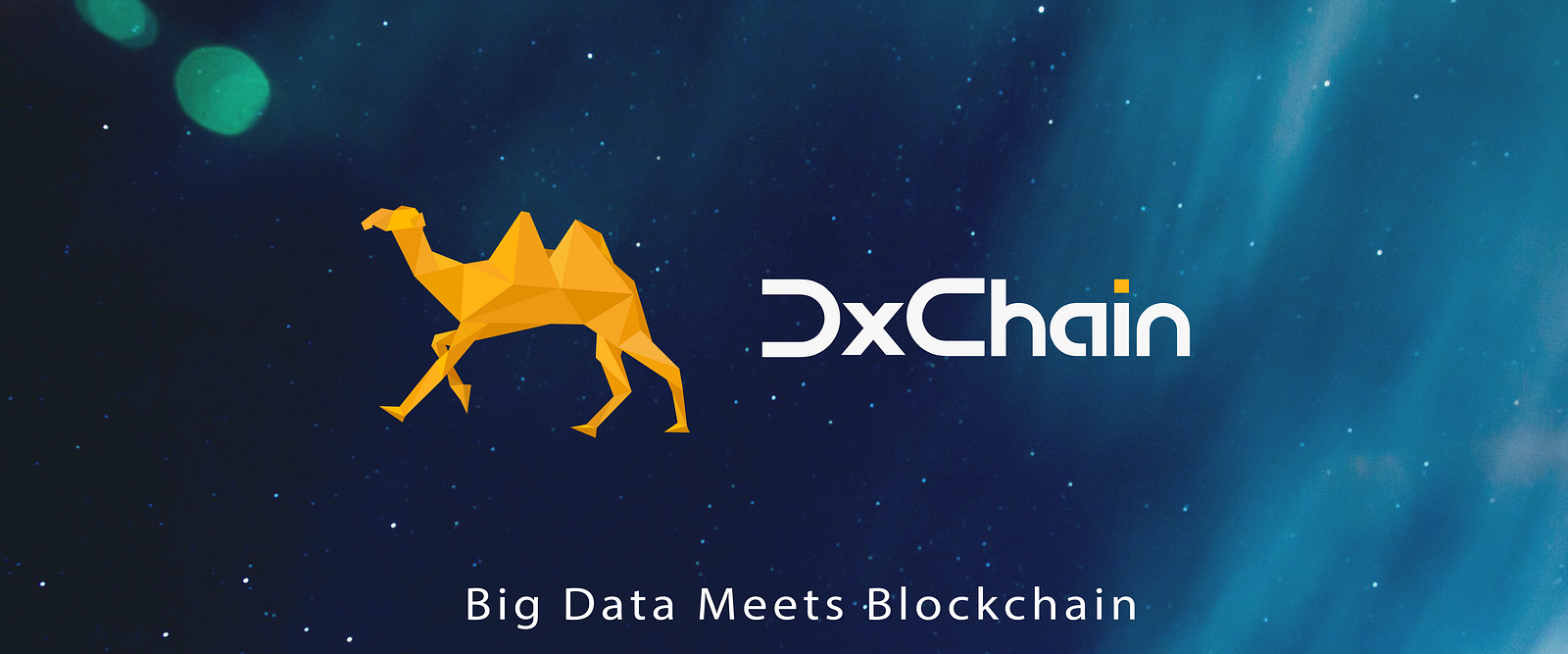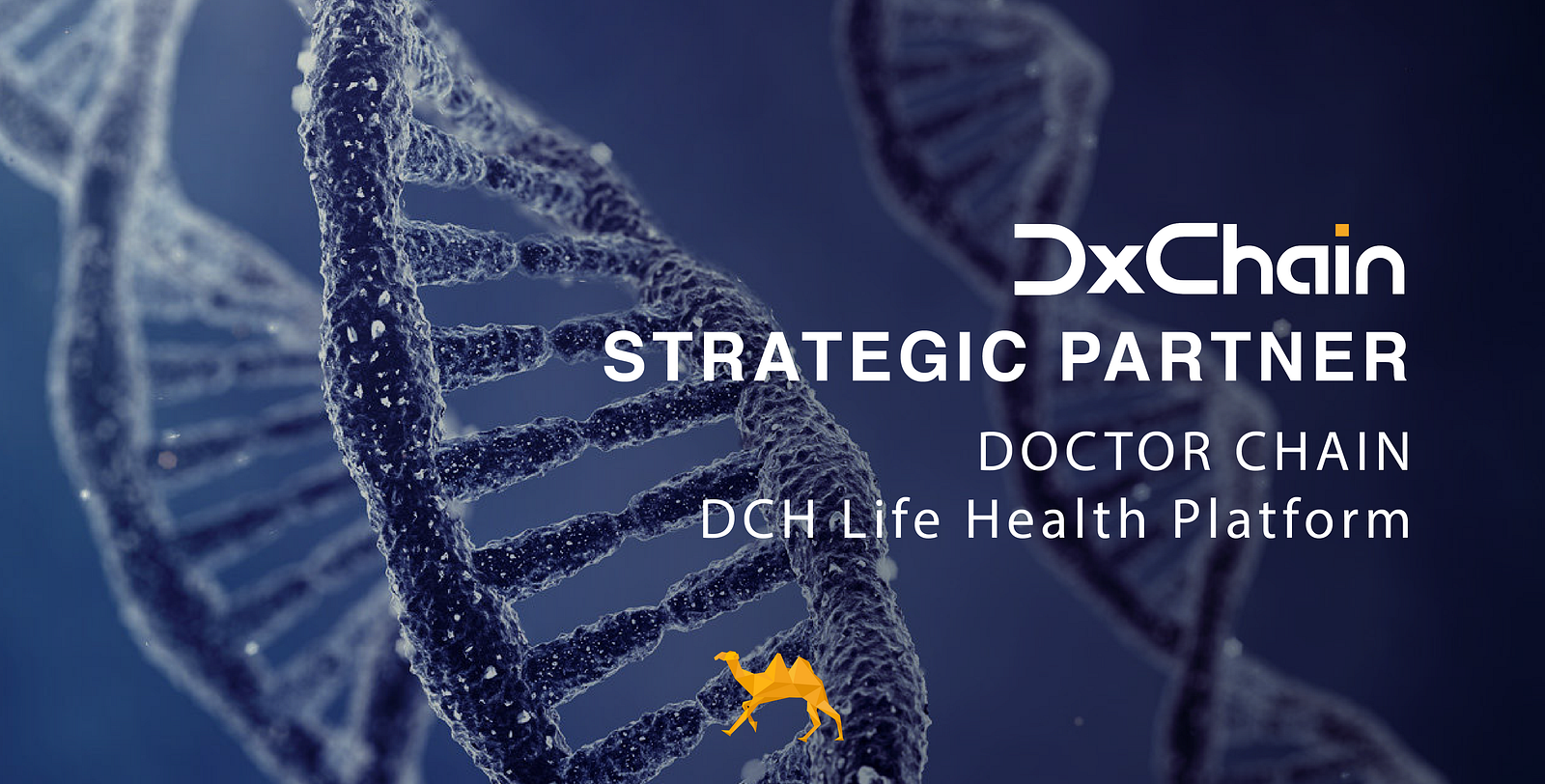The Blockchain is driving the rise of valuable data transactions, a new market where data generators and buyers exchange data for profits.
A blockchain having computing and storage capabilities is vital for ensuring the data trading security and privacy. DxChain, a Silicon Valley-based blockchain project, is the kind of platform that can handle the job well. The company is committed to becoming China’s Internet giant Alibaba in the field of data transaction.

The advent of the era of data transaction
Internet giants like Facebook, Google always downplay their core business model: Users exchange their usage data for free access to the Internet tools like searching engine or social networking page. These companies obtain the massive data from their hundreds of millions of users and sell them to the companies which are thirsty for data.
We are looking at a practical data transaction model here: Users come up with data; companies like Facebook, Google, and co play the role of intermediaries; advertisers purchase data. Google and Facebook are probably the biggest profit-seekers. On the other hand, users seem to be excluded from the business loop. They can hardly get any benefits except using Google and Facebook for free.
Did you see the problem with this model? Intermediaries are making too much money from users. This has spurred many Silicon Valley startups to find a way to break the monopolies of those tech titans and disrupt the current business model.
In 2014, Brave, a blockchain-based browser came out to show the possibility of how to stop the data monopoly takeover: The browser can block any third-party ad tracking. At the same time, it introduces a distributed system to help advertisers launch campaigns that can accurately pinpoint their target audiences. Users can make some profits by clicking on different websites every day while their privacy is being protected.
The emergence of Brave has made tech geeks realize that technology sometimes is not the most critical part to bring down those internet companies, but a new economic model is, as long as it technically works.
However, people who want to make changes will inevitably see impenetrable barriers when they try to break the data monopoly and decrease their profits. The new model needs to bring more incentives to the other party involved and let them become the driving force.
This is what Brave has exactly done: The platform takes about 15 percent of the profits and allows users to make some real money. Advertisers who are going to buy data can make the deal at a much lower price than ever before. At the same time, this new data transaction model will increase the overall social benefit. There is no doubt that this model can make sense.
As of 2014 technologists and investors shifted their focus from Bitcoin to blockchain, which has since convinced the world how it could be a great data transaction platform.
That is to say, with the blockchain technology as a platform and the token economy as an incentive model, we are witnessing a new era of data transaction: Blockchain can bring data ownership back to users/generators due to its immutability, and users are both generators and owners of data. They contribute their data and get token rewards. Smart contracts, a computer protocol directly controls the transfer of digital currencies or assets between parties, allows the performance of credible transactions without third parties. In the blockchain world, the code is a new law.
You don’t need Google or Facebook anymore. Data transaction in the future will be directly made between users and advertisers, and a blockchain platform will somehow work like Taobao, Alibaba’s e-commerce platform. However, unlike Taobao’s profit mode, the blockchain platform does not make money from advertising and service fees but count on the public who raise funds to support the open source community.
With a galloping development of blockchain technology, especially after more and more investors and developer talents are attracted to this field, users are having a higher requirement for data transactions: Individuals want to protect their privacy; buyers want to be able to access valuable Data, rather than a raft of useless raw data. Blockchain needs more great storage and computing capability.
Since 2014, a large number of startups have been working on how to expand the business into the blockchain storage and computing. For example, Filecoin, an open-source, public, cryptocurrency and digital payment system made by Protocol Lab, intended to be digital, decentralized storage. Dfinity, a blockchain-based cloud computing project, has formed a decentralized network to explore “the cloud 3.0.”
However, DxChain believes storage and computing cannot be separated, particular for data trading. DxChain is committed to breaking through both storage and computing at the same time, providing adequate privacy protection for data transactions and supporting business intelligence data transactions that are truly valuable.
The Warehouse and Factory of the Data Transaction
One of the best advantages of blockchain is its immutability. Once the data is written to the blockchain, no one can make a change, even the system administrator. This is pretty useful for data transactions — as a data provider, you can prove that your data is real; and as a data recipient, you can ensure that the data has never been changed.
Imagine in a traditional advertising transaction. Advertisers buy data from large companies such as Google and Facebook because they are relatively trustworthy. In a blockchain world, buyers could collect data from individuals whose authenticities are under question. That is why we need blockchain to ensure this transaction model works well no matter what.
Blockchain is essentially a database with a separation of its rights and liabilities while ensuring its immutability. For private databases, average users may have read-only access, but users with higher privileged access like system administrators may be able to change the data. Suppose an administrator might have permission to change the database, but if the system log is stored on another system owned and managed by someone else, any changes the administrator have made will be recorded and written in the system, which is the principle of the blockchain as a database.
Things did not go so well when a blockchain involves storage and computing. If you look at the history of blockchain, even the most successful blockchain application Bitcoin exposed with many bottlenecks — it can only store a small amount of account data, and cannot provide effective mechanisms for data privacy protection.
If a blockchain project does not involve a storage capability, it can hardly support a real-world trading scenario and solve the problem of where the data comes from. Take the Golem project as an example. Golem is a decentralized computing network based on the Ethereum blockchain where users can exchange computing power. Let’s say a company needs a 3D rendering effect. They have data and need some cheap computing power from Golem. There is a real demand, but it does not involve any data trading.
DxChain aims to achieve breakthroughs in storage. DxChain engineers have designed a multi-chain structure called “chains-on-chain,” which comprises a master chain, a data storage side-chain, and a computing side-chain. Any data stored and modified will be recorded in the data side chain to ensure the data authenticity. This architecture also offers a possibility to provide a huge data storage.
However, a blockchain can only be used to trade raw data if it has no computing capability. The traditional centralized data transactions can already support business intelligence computations, and can directly provide valuable data results to customers. Only a computing-enabled blockchain can compete with the conventional data transaction mode.
DxChain can run parallel computing through its computing side-chain. When users provide data to the DxChain platform, DxChain can return valuable results directly to customers.
From the perspective of privacy protection, DxChain’s providing valuable results instead of the original data to buyers can avoid an additional data transaction and protect users’ privacy.
That is to say, DxChain’s storage and computing capabilities are to facilitate data transactions, and to drive valuable data transactions while protecting privacy and ensuring security.
Starting with Valuable Data Transactions
In a traditional production field, any production process will gradually diminish its marginal cost. Data transaction will experience the same. With an increasing transaction scale, the marginal cost of data collection will slowly fall. Therefore, finding a valuable data transaction scenario in the early stage will be a top priority.
Medical data, especially genetic data, is the kind of valuable data we just mentioned. Just a year ago, 23&me, a well-known genetic data startup in the United States, sold 3,000 patient genetic data for $60 million — an average individual patient data for $20,000.
The transaction model is pretty. Internet companies such as 23&me and Google use almost the same model to obtain data — they provide users with genetic tests at a relatively low price of $99 to collect user data and then sell the data to buyers.
More giants have their eyes on this field, which means that profits in this area will only become more monopolized. Google has shown a keen interest in the medical data. Meanwhile, to obtain genetic data, pharmaceutical companies have now become the critical shareholders of these genetic testing companies. The pharmaceutical giant GlaxoSmithKline invested $300 million in 23&me as their shareholder.
The advent of the blockchain era makes it possible to break this model. Imagine a technology platform designed for personal genetic data transaction. After a patient obtains his valid data, he can upload the data according to the requirements from a data buyer which can be a drug factory or a medical institution. Patients get paid to support their treatment, a win-win situation for the whole society.
DxChain is establishing such an ecosystem while developing storage and computing technologies. Many traditional medical companies that have patient data resources in their hands are willing to join the DxChain ecosystem.
In July, DxChain and Doctor Chain, a genetic data application, reached strategic cooperation to develop the future data transaction model: As a traditional gene sequencing company, Doctor Chain is willing to sacrifice some of its profits from the original genetic data transaction in exchange for more participants engaged to on-chain data transactions. At the same time, blockchain can expand the health services by storing and processing data, such as simplifying the procedure of medical incident insurance claims or wiping out a series of third-party verification procedures.

Another medical data application, Mida, is also about to team up with DxChain. Mida has a deep root in the traditional medical field. By deploying real-world clinical research, the platform has accumulated more than 30,000 doctors, cooperated with 400+ national hospitals, and collected more than 300,000 continuous data for real-world clinical studies.
When the blockchain technology shows up, they see an urgency of putting medical data on chains — the discontinuity of data supply undermines the development of algorithms; the opaque and unfair distribution of data assets’ rights and interests further widens the gaps between data islands. The old pipeline cannot meet the growing demand for personal health management.
People are getting richer, and their demand for health has changed from the traditional, single medical treatment to disease prevention and health management. We need to put medical data on chains and improved medical services through data transactions.
Mida is planning to develop a medical data asset sharing protocol based on the HL7 standard and single disease classification. It is a framework that will facilitate the monetization of significant data assets in healthcare and motivate individuals and institutions to share their data, obtain their personalized health solutions, and make business benefits while protecting their privacy and security.
DxChain will make daily data become a transaction object, and involve more third parties to join the ecology to facilitate personal data transactions.
As a technology platform, DxChain is looking forward to the evolution of big data and blockchain.
